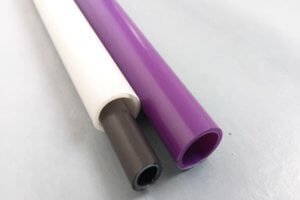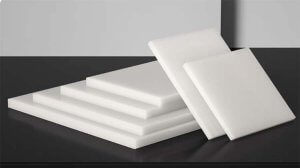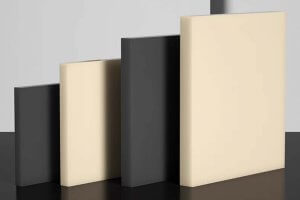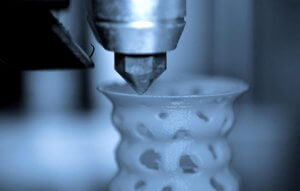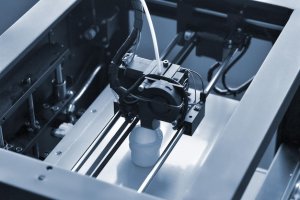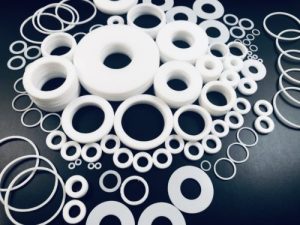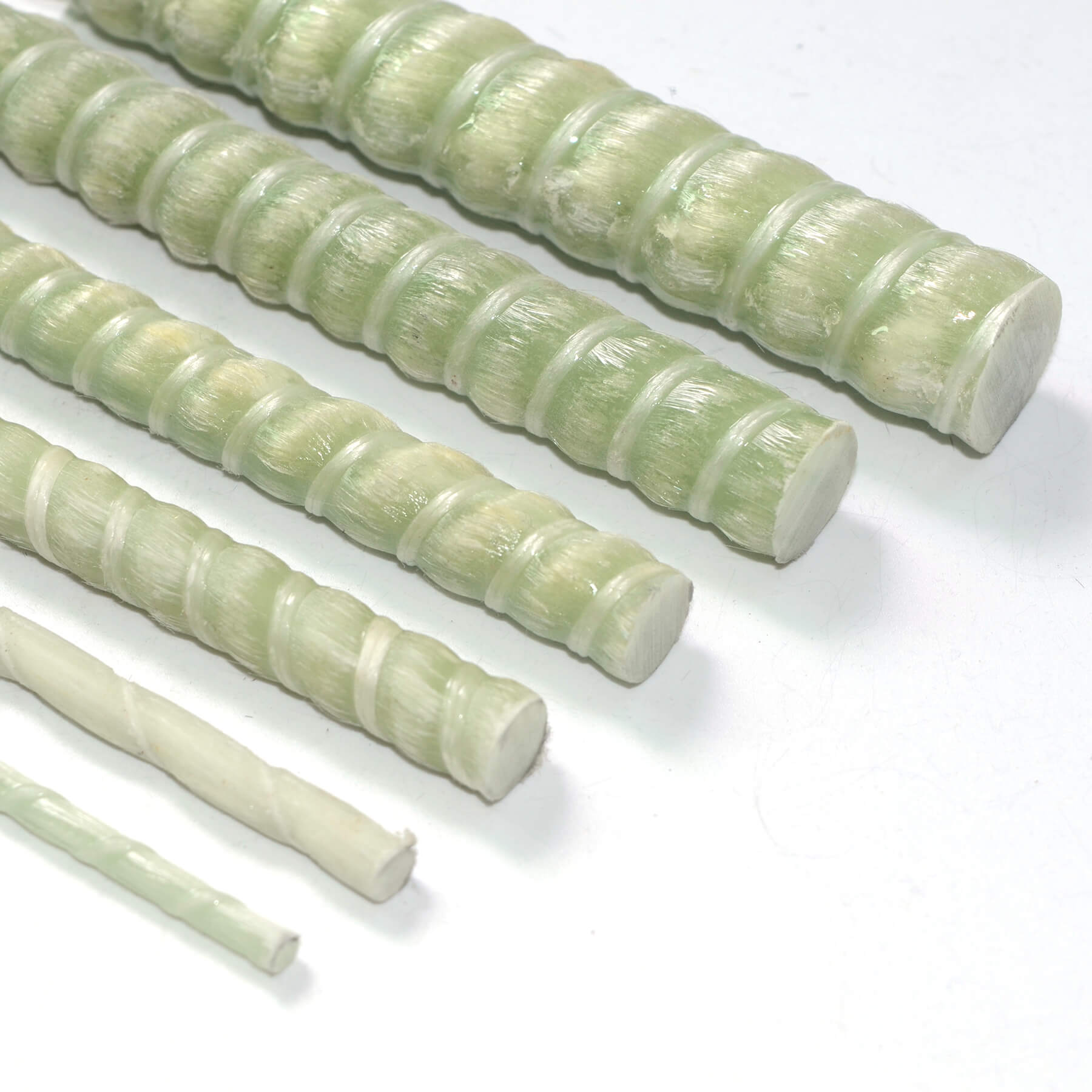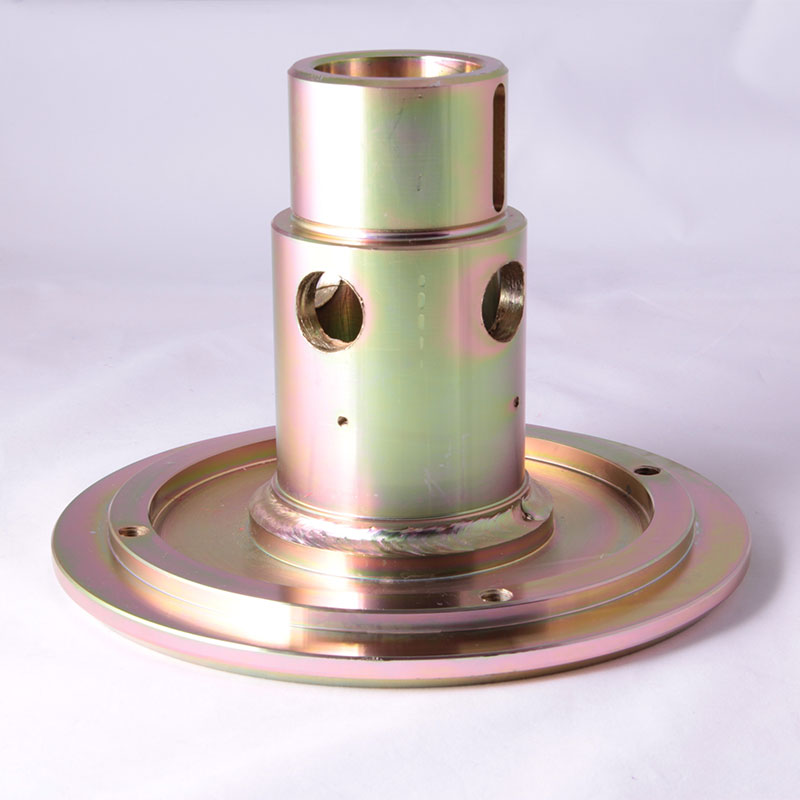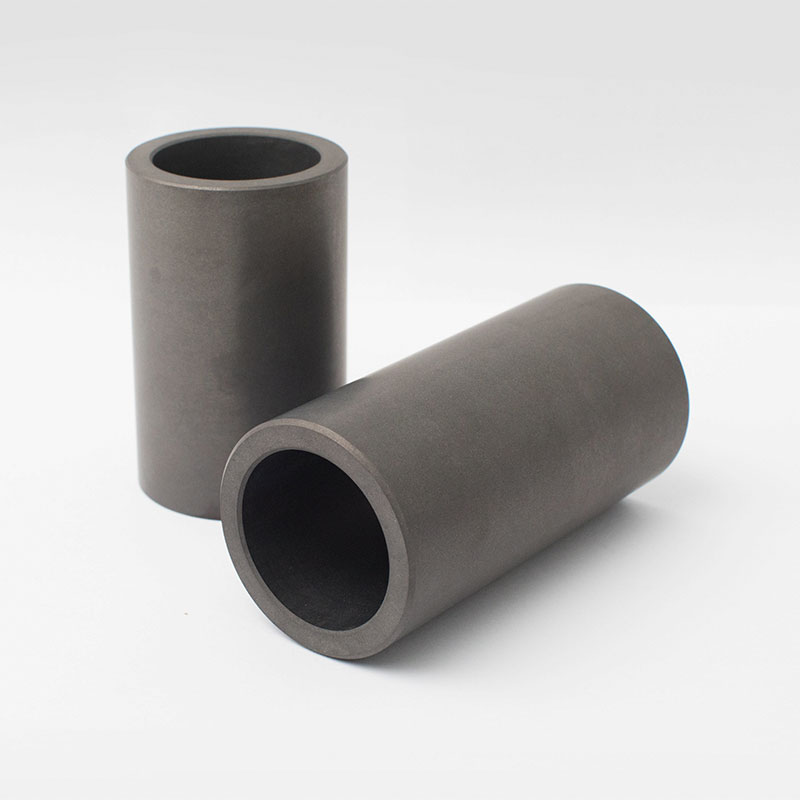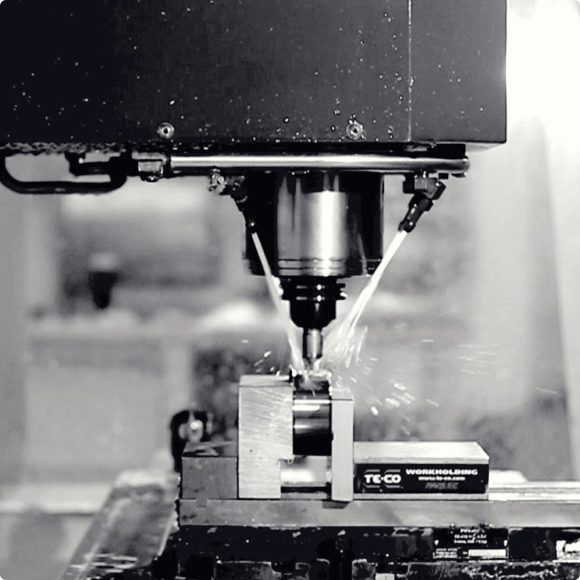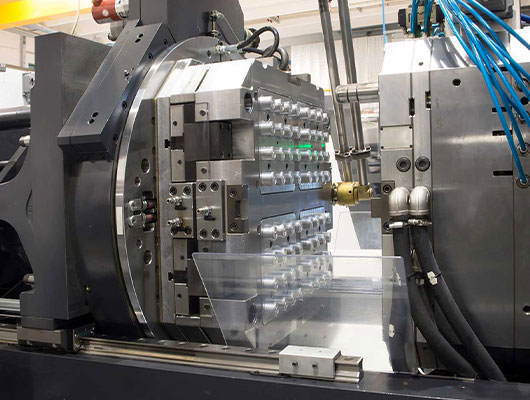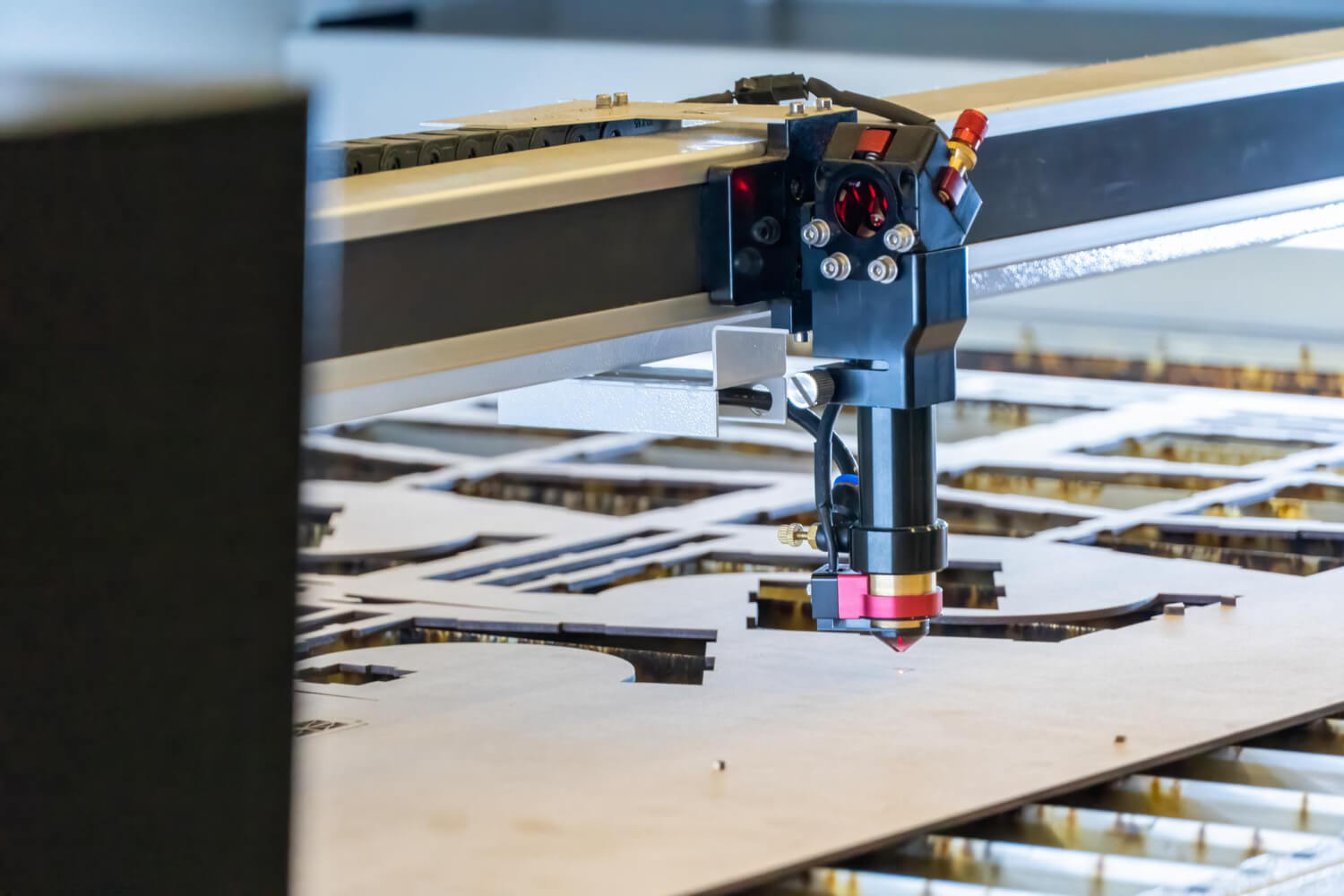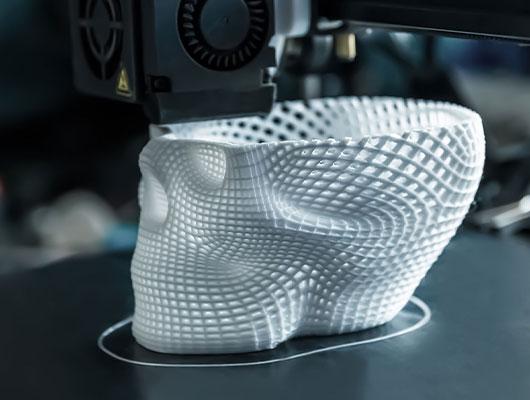About ABS
ABS (Acrylonitrile Butadiene Styrene) is a commonly used thermoplastic polymer that is popular in the manufacturing industry. It is a versatile plastic material that is known for its strength, durability, and high impact resistance, making it ideal for a wide range of applications.
ABS can be easily machined using CNC machining technology, which makes it a popular choice for producing parts and components with intricate designs and complex geometries. It also has good heat resistance, making it suitable for use in environments with high temperatures.
One of the benefits of ABS is its ability to be easily molded and shaped, which allows for the production of parts with tight tolerances and smooth finishes. It can also be easily colored or painted to match specific design requirements.
Overall, ABS is a reliable and cost-effective material that is widely used in the manufacturing industry for a variety of applications, including automotive parts, electronic housings, toys, and consumer goods. Its versatility and machinability make it an ideal material for CNC machining processes.



